Longvida® Research
Longvida® Research
Don’t see what you’re looking for? All additional research is categorized under supportive research.
Curcumin decreases cytokine levels involved in mucositis in autologous transplant setting: A pharmacokinetic-pharmacodynamic study.
Diverse effects of a low-dose supplement of lipidated curcumin [as Longvida®] in healthy middle-aged people.
Acute human pharmacokinetics of a lipid-dissolved turmeric extract.
Chronic dosing safety assessment of a solid lipid curcumin particle [Longvida®] formulation.
Improved expression of glial-fibrillar acid protein (GFAP) in transgenic mice after dosing of curcumin (Longvida®).
Late stage intervention with curcumin (Longvida®) reduces soluble tau oligomers.
Safety and pharmacokinetics of a solid lipid curcumin particle formulation in patients and healthy volunteers.
Efficacy of curcumin formulations in relation to systemic availability in the brain and different blood compartments in neuroinflammatory and AD models.
Omega 3 DHA and a bioavailable curcumin formulation (Longvida®) synergize.
Improving bioavailability of curcumin by solid lipid particle (Longvida®).
Curcumin structure-function, bioavailability, and efficacy in models of neuroinflammation.
Curcumin and yoga exercise effects in veterans at risk.
Effectiveness of curcumin in modulating chronic inflammation, oxidative stress, endocrine dysfunction, and joint health of the geriatric horse.
Chronic neuroinflammation, progressive neurodegeneration, cognitive decline.
Don’t see what you’re looking for? All additional research is categorized under supportive research.


